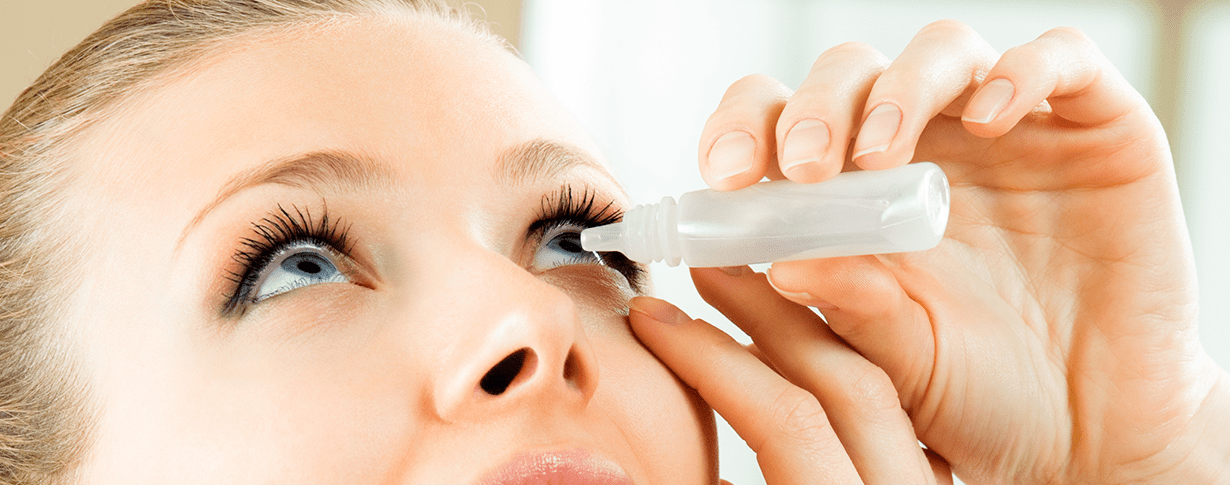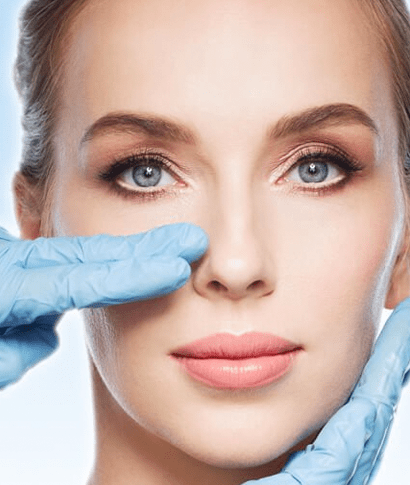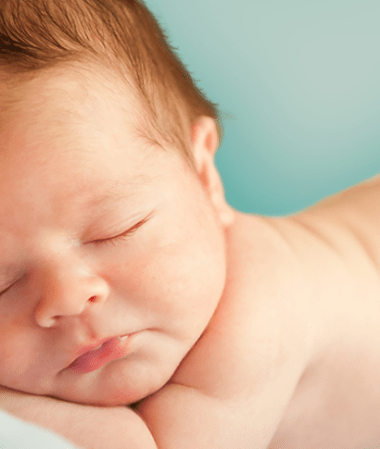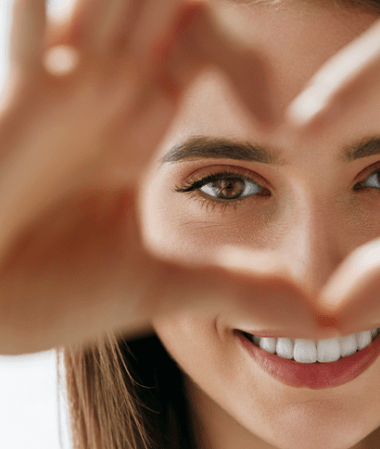Dry Eye Causes, Symptoms and Treatment
Dry Eye: It is the inadequacy of the tears that wet our eyes and prevent them from drying out.
A tear is not a simple liquid. It consists of three layers. The closest part to the eye is the mucus layer, the liquid (aqueous) layer in the middle, and the outermost oil (lipid) layer that prevents evaporation. Sometimes even if there are enough tears; If one of these substances is missing from the required ratio, it creates symptoms of dryness.
Tears are secreted from the tear glands on the outer part of the upper eyelid and spread to the surface of the eye when we blink. The tear that has finished its work is directed to the excretory ducts with the next blink and leaves the eye.
Dry eye symptoms: Burning, stinging, redness and foreign body sensation in the eye.
Decreased tear secretion is a common condition in older age. However, it is also common in women who have gone through menopause, in hypothyroidism, in those who use contact lenses for a long time, in those who use diuretic, anti-allergic, antidepressant drugs, and in people who drink alcohol.
The most severe dry eye is seen in Sjogren’s Syndrome, which is accompanied by dry mouth.
Dry eye diagnosis: Biomicroscopic eye examination, tear break-up time test and Schrimer tests that measure the amount of tears are made.
Treatment: Artificial tear preparations (drop and gel form) are used.
To protect our existing tears; The mouths of the canals that allow the tears to go away from the eye can be closed, moisturizing devices that increase the humidity of the environment can be used, foods and drugs containing omega-3 can be taken. In addition, drops made from cyclosporine (which increases the production of tears), an immunomodulator, can be used.







